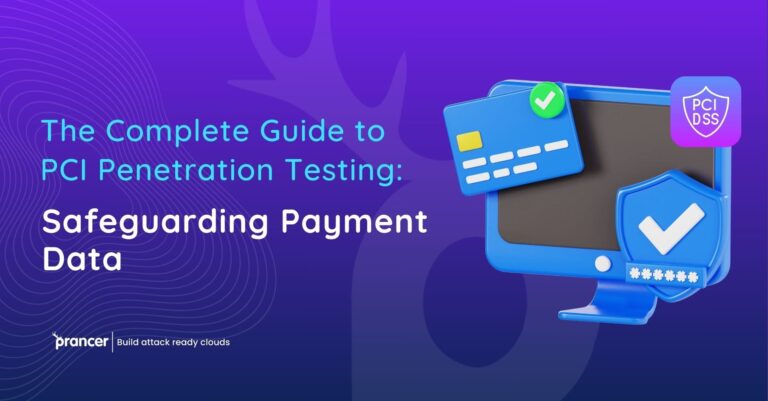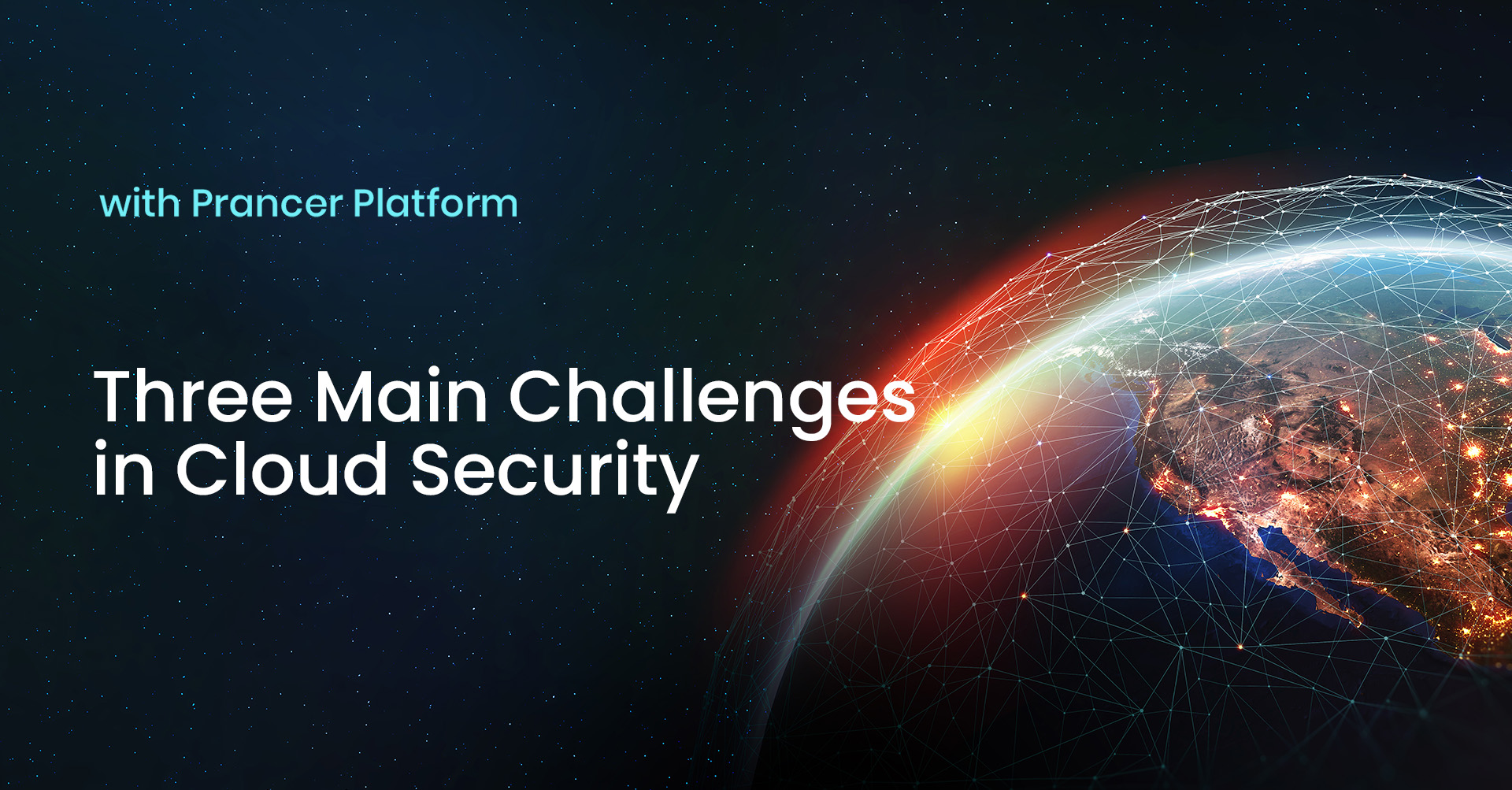

In today’s business landscape, cloud security is more important than ever. However, the cloud introduces a new level of complexity which can create significant risk:
Too many surfaces to defend
Too many tools and siloes between teams
Too little context about infrastructure, apps, and data.
This complexity makes it difficult to secure the organization’s most important assets: their data. The best way to combat these risks? Simplify your organization’s cloud security posture!
The first challenge is the sheer number of surfaces that must be defended. In the past, organizations only had to worry about securing their on-premises infrastructure. And usually, they would do that with a perimeter network design. However, with the cloud, organizations must now secure their data in a dynamic exchange between cloud storage, transit, and use. The opportunities for attackers are immense.
Organizations are started to leverage a Zero Trust design of their cloud infrastructure. Zero Trust design is about giving each user, application, and device the same level of scrutiny. This means there is no longer a “trusted” or “untrusted” network. All networks are treated as untrusted, and all users, applications, and devices must be authenticated…and authorized…before they can access data or resources. This concept makes it more difficult for companies to leverage and validate their design.
The number of tools and siloes between teams has led to a lack of coordination between these teams. This can lead to a situation where each team uses different tools, leading to difficulties in reporting, tracking and auditing.
Organizations run an average of six different tools or features to secure their public cloud environments. Despite this multiple tool implementation, 96% of decision-makers still report that their organizations faced security incidents in the last 12 months:
45% of businesses have experienced a cloud-based data breach or failed audit over the past year (2022 Thales Cloud Security Study)
Between 2020 and 2021, ransomware-related data leaks increased 82% and interactive intrusion campaigns increased 45%.
More tools result in a fragmented view of your overall cloud and various risk assessments….it does not necessarily provide a higher security posture.
Different tools for each domain can increase the visibility in that specific domain but can lead to the lack of context and correlation of findings. It is very hard and time-consuming for security professionals to prioritize risks correctly and efficiently. Also, it is difficult to understand the relationship between different systems and data. This can make it difficult to identify malicious activity and respond to incidents in a timely manner.
Prancer solution to these challenges is to 1.)simplify your organization’s needs, 2.)reduce the number of tools they are using and 3.)increase the visibility and context of their data.
One way to simplify your organization’s security posture is to validate your cloud security from an attacker’s viewpoint, especially continuously validating the security posture of the cloud with offensive tools from an attacker’s perspective. These offensive (attacker perspective) tools will provide you a comprehensive (continuous, scalable, multiple cloud locations) overview of how strong your cloud security is and where attackers can exploit potential weaknesses.
This approach will allow organizations to prioritize and fix their highest risk priorities that can cause serious damage to their reputation and integrity.
